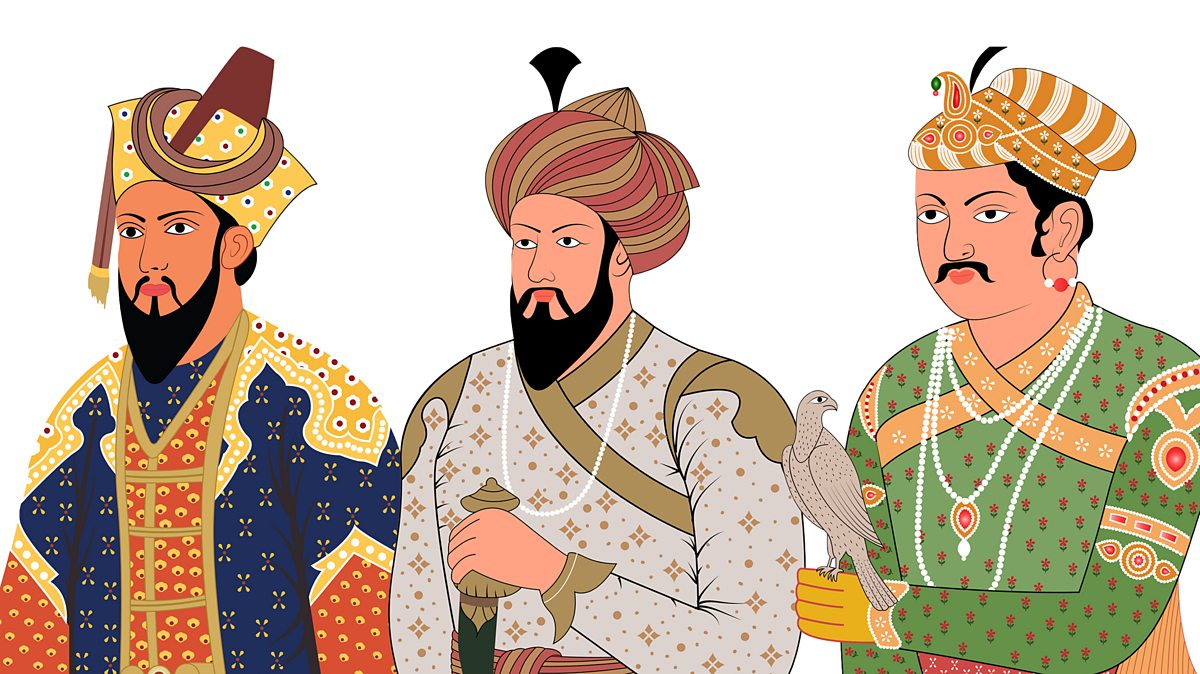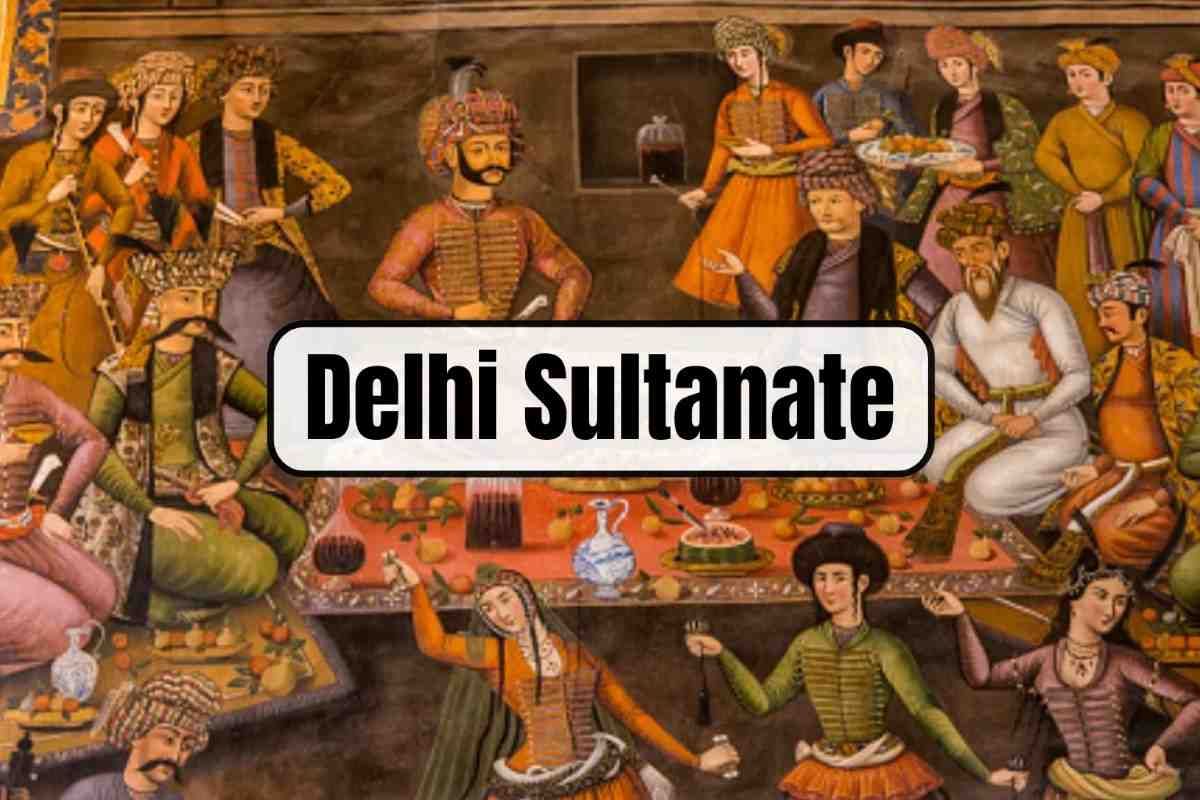Font size:
Print
New Insights into Cuprate Superconductors
Context:
Recent research published in Nature Communications reveals groundbreaking findings about the interplay between superconductivity and charge density wave (CDW) order in cuprate materials.

More on News:
This study challenges traditional views and offers new avenues for understanding high-temperature superconductivity, potentially leading to more stable and efficient superconductors.
Cuprates and Competing Properties
- Copper-based materials exhibit high-temperature superconductivity.
- Electrons in cuprates possess both spin and charge.
- In regular metals, electron spins cancel out and charges are uniform across a material.
- The strong electron-electron interactions in high-temperature superconductors such as cuprates give rise to other possible states.
- Superconductivity competes with two properties called magnetic spin and electric CDW order.
Key Findings:
- Stripe States: Strong magnetic interactions can cause electron spins to align in stripes.
- Spin density waves (SDW) and CDWs can lock together to form a stable “stripe state” where the peaks and valleys of the waves are aligned.
- It can stabilise SDW and CDW but competes with superconductivity.
- Contrary to previous beliefs, short-range CDWs can coexist with superconductivity.
- They not only compete with long-range stripes but can also be enhanced by short-range superconductivity.
- Short-range charge order may facilitate the formation and motion of vortices in the superconducting phase at higher temperatures and magnetic fields.
- The static vortex state observed at low fields can be made fluid a vortex liquid state in high fields ranging from 12 to 24 Tesla.
- The long-range superconducting phase is suppressed by field-induced mobile vortices.
- Surprisingly, a sudden enhancement to the CDW intensity is commensurate with the vortex melting field—a field much smaller than the upper critical field that quenches superconductivity.
Implications:
- Unified Quantum Description: It supports a phase-disordering scenario for superconducting transitions, suggesting the need for a unified quantum description of density waves and superconductivity in cuprate superconductors.
- Potential for Stabilisation: Insights may lead to improved stabilisation of superconductivity by controlling or enhancing short-range charge order.


